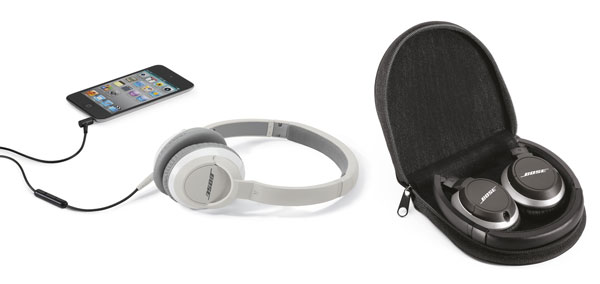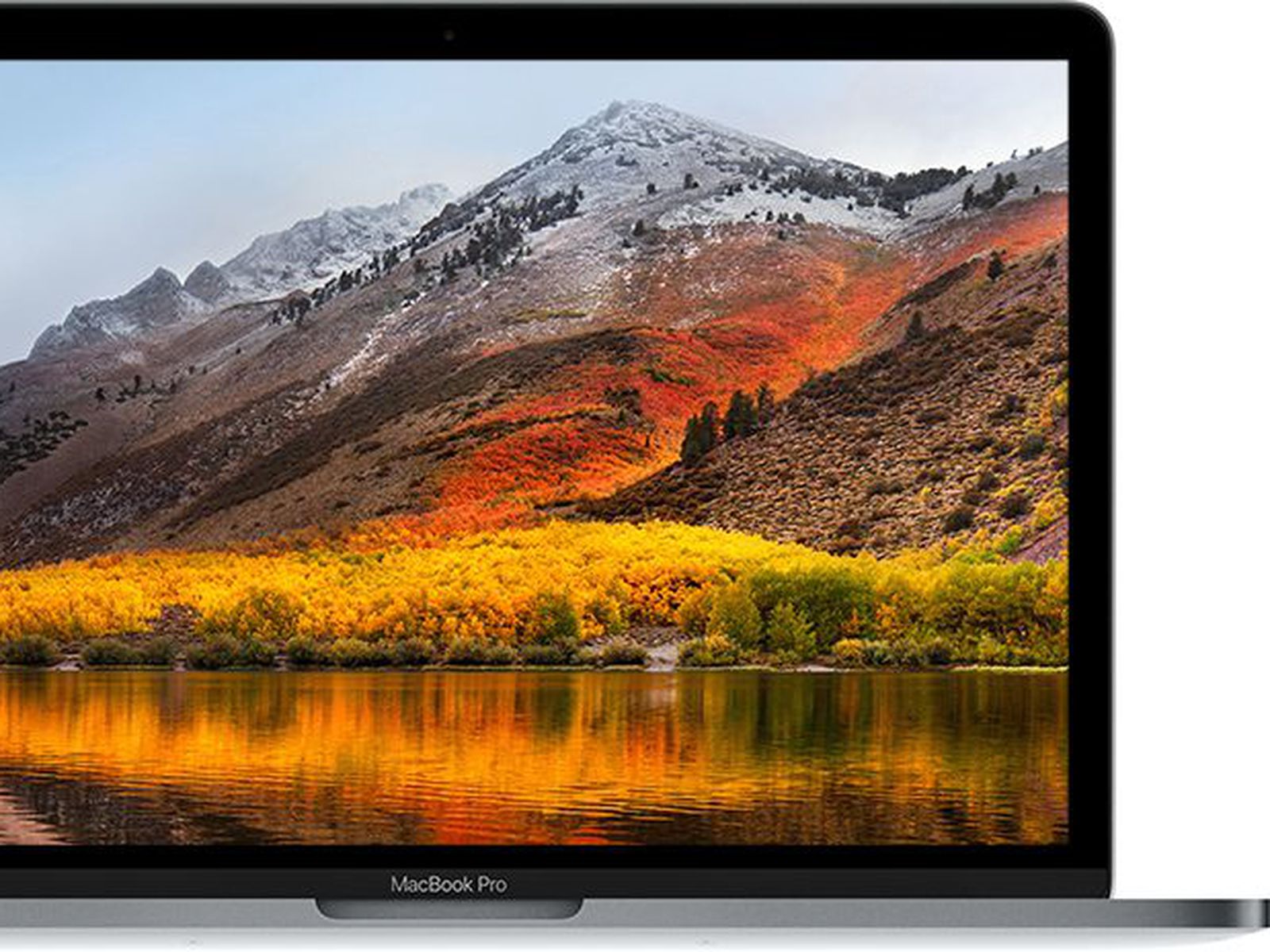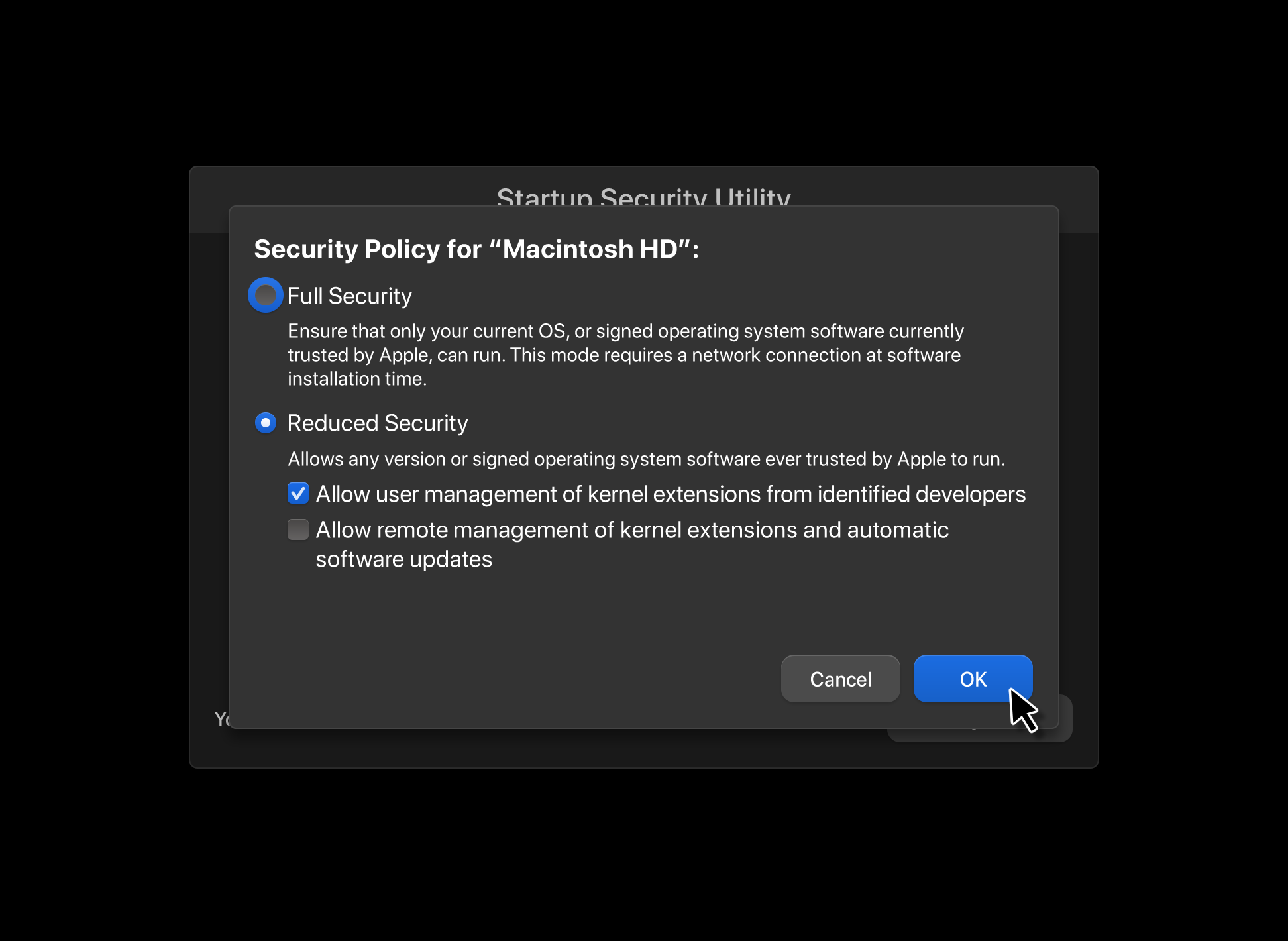

Mobile Device Management (MDM), or some form of remote management software, seems like the biggest advantage here for IT departments looking to ensure devices are working as intended and remediating it with policies while also keeping resource utilization to a minimum, regardless of whether devices are on- or off-site. This is great to cut down on bandwidth utilization and speed up mass deployments but relies almost exclusively on devices being in-house, making it a no-go for devices off-site, such as employees working from home or abroad. One such path leverages the Content Cache service built-in to macOS to download and cache a copy of the installer file, in turn deploying it to all devices that are on the same logical network as the clients themselves. These, perhaps more than anything else, will define how the upgrade path will proceed. Regardless of the timeline for your transition to macOS 11, one thing is certain: The deployment plan offers several choices that depend on your environment’s infrastructure and-in the age of remote working-where the devices are located and the resources they’re using. SEE: macOS Big Sur: A cheat sheet (free PDF) (TechRepublic) Businesses should not sit this one out given the new security features, redesigning of the underlying OS, and the benefits it could bring to users and IT. Whether you plan to be an early adopter and migrate to Big Sur on day one or slowly make the transition over time, most enterprises won’t be skipping the upgrade to macOS Big Sur.

ICloud Usage Policy (TechRepublic Premium)

Why I’m buying Apple’s new M1-powered iPad Air How to share your screen in Google Meet for macOS Image: Screenshot by Stephen Shankland/CNET Must-read Apple coverage Installing or upgrading to macOS Big Sur later this fall will be a quick, painless project by leveraging these simple commands for all your macOS-based devices. How to install or upgrade to macOS Big Sur


 0 kommentar(er)
0 kommentar(er)
